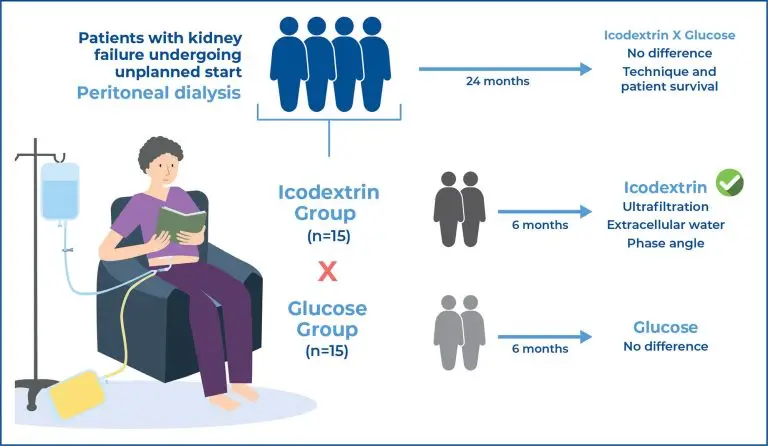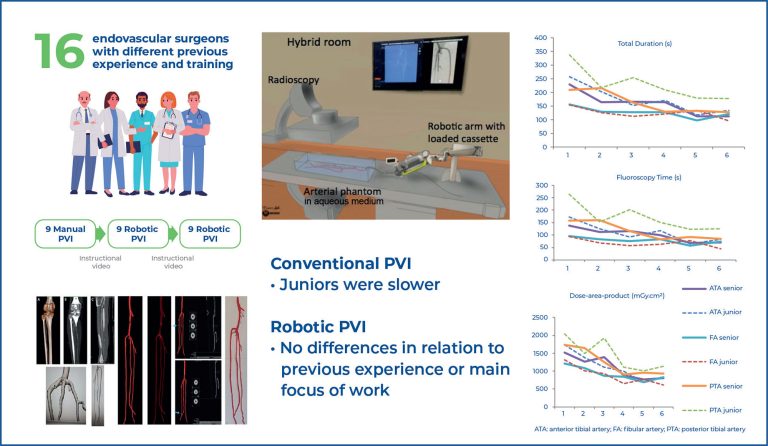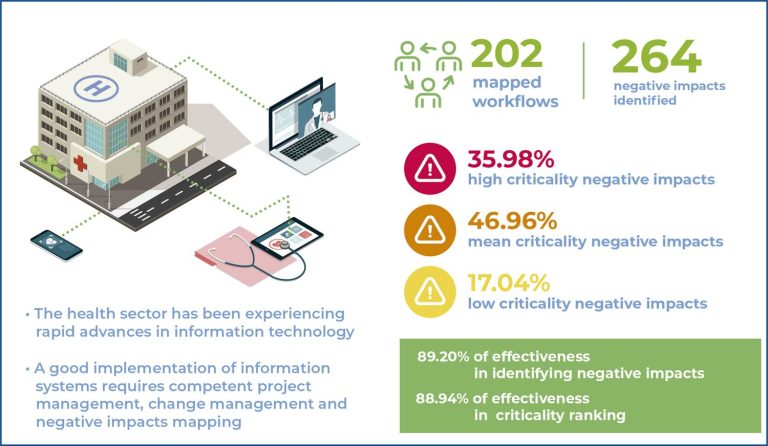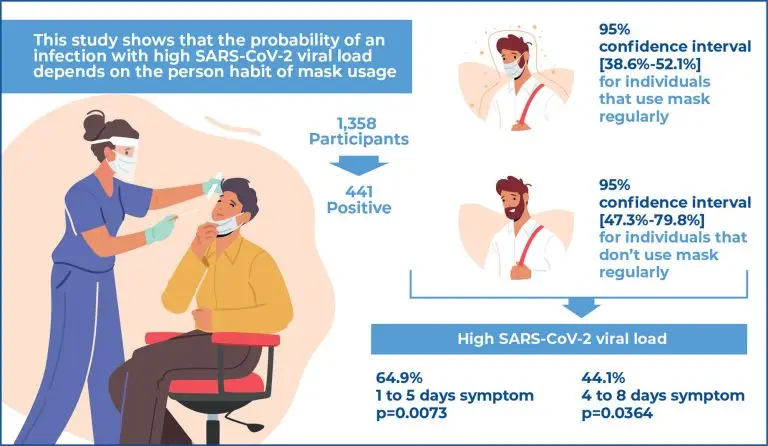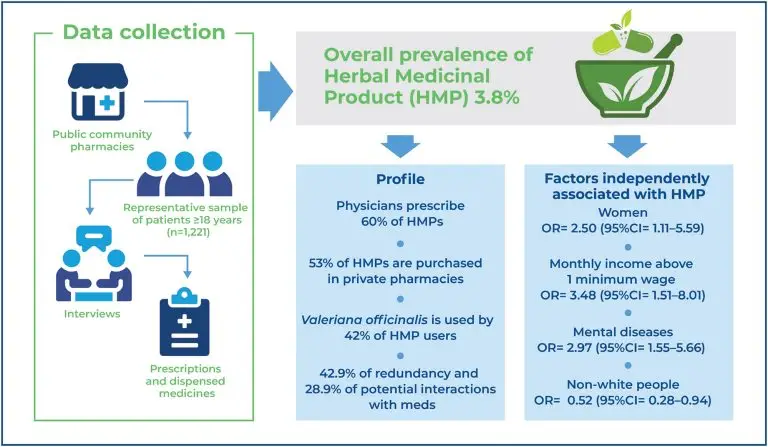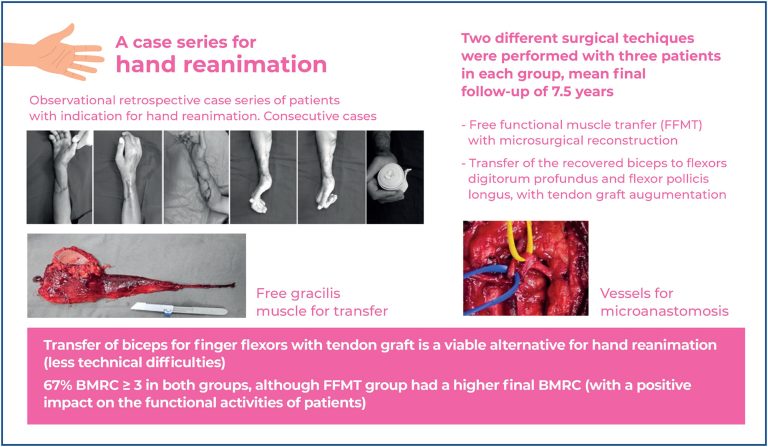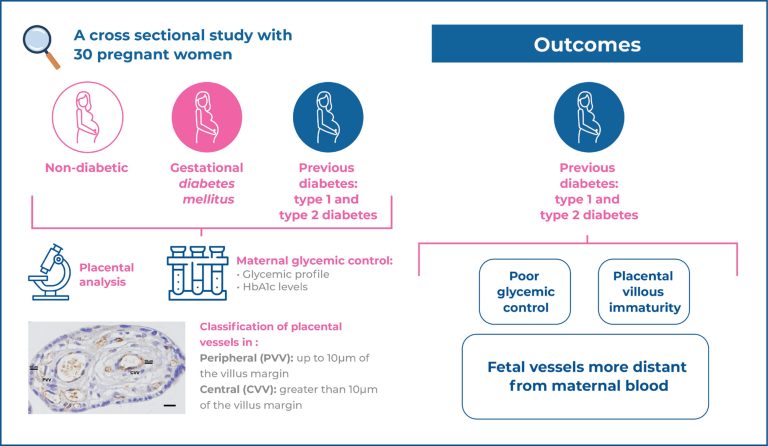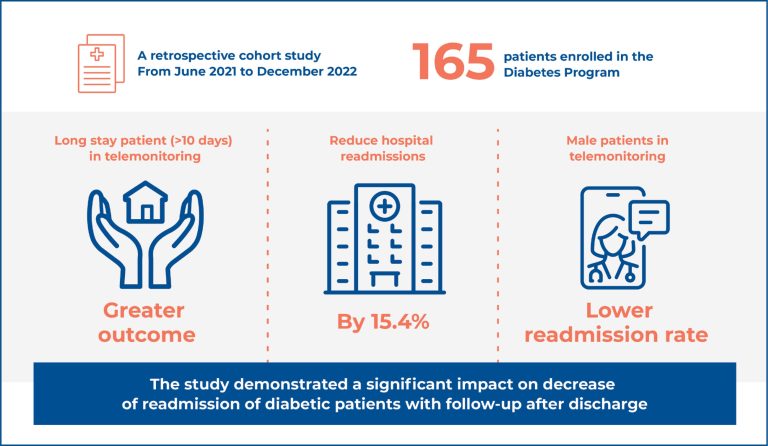18/Nov/2024
Icodextrin versus Glucose 2.5% on markers of hypervolemia and survival of patients undergoing automated peritoneal dialysis with an unplanned start: a randomized controlled trial
einstein (São Paulo). 18/Nov/2024;22:eAO0980.
View Article18/Nov/2024
Icodextrin versus Glucose 2.5% on markers of hypervolemia and survival of patients undergoing automated peritoneal dialysis with an unplanned start: a randomized controlled trial
DOI: 10.31744/einstein_journal/2024AO0980
Highlights ■ No baseline differences between the groups icodextrin versus glucose. ■ Icodextrin significantly improved ultrafiltration, extracellular water, and phase angle. ■ Mortality and technique survival did not differ between the groups during follow-up. ABSTRACT Objective: The efficacy of icodextrin versus glucose patients undergoing peritoneal dialysis remains unclear. The study was designed to compare the effects of once-daily long-dwell icodextrin versus glucose on markers of hypervolemia and survival among patients with kidney failure undergoing an unplanned initiation of automated peritoneal […]
Keywords: Glucose; Hypervolemia; Icodextrin; Peritoneal dialysis; Renal insufficiency, chronic; Survival; Urgent start
18/Nov/2024
Robotic endovascular peripheral arterial interventions: a proposal of a new learning model
DOI: 10.31744/einstein_journal/2024AO1058
Highlights ■ The learning curves for robotic peripheral arterial interventions were short, with optimal procedure and fluoroscopy times and radiation emission achieved after the 3rd procedure. ■ There were no differences in learning curves in relation to previous experience or main focus of work. ABSTRACT Objective: This study tests a suitable model for training robot-assisted peripheral vascular interventions and examines the learning curves of endovascular surgeons with different levels of previous experience and main focus of work, analyzing procedure time, […]
Keywords: Angioplasty; Cardiovascular; Endovascular procedures; Models; Robotic surgical procedures; Training
13/Nov/2024
Electronic health record implementation: how to identify and analyze the possible negative impacts
DOI: 10.31744/einstein_journal/2024AO0916
Highlights ■ The electronic health record is the first step in digital transformation. ■ Change Management is essential to support problems identification. ■ Identifying and stratifying negative impacts within the staff’s daily routine is crucial. ■ A new method was created, and the method’s effectiveness was evaluated. ABSTRACT Objective: Identify potential negative impacts arising from implementing an electronic medical record system, classify them according to the level of criticality, and analyze method’s effectiveness after implementation. Methods: The research involved identifying […]
Keywords: Change management; Electronic health records; Health Evaluation; Health personnel; Information technology; Medical informatics; Medical records; Models, organizational
31/Oct/2024
Face mask use and viral load in patients with mild symptoms of COVID-19
DOI: 10.31744/einstein_journal/2024AO0495
Highlights ■ Probability of infection with a high SARS-CoV-2 viral load depends on mask-wearing habits. ■ The higher probability of infection with high viral load occurs for individuals that don’t use mask regularly [47.3%–79.8%]. ■ For individuals who use masks regularly, the probability is 38.6%–52.1%. ABSTRACT Objective: Previous studies indicated that face masks reduce the probability of infection by SARSCoV- 2 but did not examine the relationship between SARS-CoV-2 viral load and mask usage. This study analyzed this relationship. Methods: […]
Keywords: Communicable diseases; Coronavirus disease; COVID-19; Infectious; Masks; N95 respirators; Respiratory protective devices; SARS-CoV-2; Viral load
31/Oct/2024
Investigation of an MCM8 gene variant in women with premature ovarian insufficiency
DOI: 10.31744/einstein_journal/2024AO0712
Highlights ■ The MCM8 gene is involved in homologous recombination, acting in the ovarian follicles during meiosis II. ■ To the best of our knowledge, this is the first study to report the presence of this variant in a Brazilian woman. ■ The rs138761187 variant had a low incidence; further studies with a larger sample size or focusing on variants at other gene positions may provide insight into the genetic causes of premature ovarian insufficiency. ABSTRACT Introduction: The MCM8 gene […]
Keywords: Minichromosome maintenance proteins; Ovarian diseases; Primary ovarian insufficiency
31/Oct/2024
Temporal trends of the use of dexamethasone for the treatment of bronchopulmonary dysplasia in very low-birth-weight preterm infants: a single-center evaluation
einstein (São Paulo). 31/Oct/2024;22:eAO0849.
View Article31/Oct/2024
Temporal trends of the use of dexamethasone for the treatment of bronchopulmonary dysplasia in very low-birth-weight preterm infants: a single-center evaluation
DOI: 10.31744/einstein_journal/2024AO0849
Highlights ■ Mechanical ventilation and mortality rates remained stable. ■ The birth rate at <28 weeks’ gestation increased during the evaluation period. ■ The overall rate of dexamethasone administration was low; however, its use was more significant in infants aged <28 weeks. ABSTRACT Objective: To evaluate temporal trends in the use of dexamethasone for the treatment of bronchopulmonary dysplasia in very-low-birth-weight preterm infants. Methods: A cohort study was conducted using an electronic database and medical records of all very low-birth-weight […]
Keywords: Bronchopulmonary dysplasia; Dexamethasone; Infant, premature; Infant, very low birth weight; Trends
21/Oct/2024
Use of herbal medicinal products among patients in primary health care in a Brazilian southeastern city: evidence from the Prover project
einstein (São Paulo). 21/Oct/2024;22:eAO0827.
View Article21/Oct/2024
Use of herbal medicinal products among patients in primary health care in a Brazilian southeastern city: evidence from the Prover project
DOI: 10.31744/einstein_journal/2024AO0827
Highlights Herbal medicinal product use was 3.8%, with high formal prescription; however, it is accompanied by a high risk of interactions and redundancy. Unified Health System pharmacies are not the main source of herbal medicinal products, suggesting low service implementation. Women, people with mental disorders, and allopathy simultaneously users should receive attention. Non-white people are less likely to use herbal medicinal product, suggesting inequalities in accessing these treatments. ABSTRACT Objective: To determine the prevalence and factors associated with herbal medicinal […]
Keywords: Brazil; Epidemiology; Phytotherapy; Plants, medicinal; Primary Health Care; Risk Factors
21/Oct/2024
Hand reanimation: functional free gracilis transfer or transfer of the distal tendon of the biceps to the flexor digitorum profundus and flexor pollicis longus as surgical options
einstein (São Paulo). 21/Oct/2024;22:eAO0719.
View Article21/Oct/2024
Hand reanimation: functional free gracilis transfer or transfer of the distal tendon of the biceps to the flexor digitorum profundus and flexor pollicis longus as surgical options
DOI: 10.31744/einstein_journal/2024AO0719
Highlights Hand reanimation for finger flexion during total paralysis remains a reconstructive challenge. Few surgical options are available for the late presentation of total paralysis of the hand and wrist. Functional freemuscle flap or transfer of the recovered biceps to the long flexors of the digits and flexor pollicis longus may be the last resort. Each case should be evaluated individually to select the best surgical option. ABSTRACT Objective: Hand reanimation for finger flexion in patients with total paralysis remains […]
Keywords: Hand; Muscles; Paralysis; Recovery of function; Tendon transfer; Tendons; Treatment outcome; Upper extremity
17/Oct/2024
Influence of maternal hyperglycemia on placental capillary distribution
DOI: 10.31744/einstein_journal/2024AO0583
Highlights The number of vessels was reduced in the placental villi of pregnant women with diabetes. The placental villous vessels of women with previous diabetes were more distant from the maternal blood. ABSTRACT Objective: This study was conducted to investigate the distribution of placental villous vessels in pregnant women with different degrees of hyperglycemia. Methods: A cross-sectional study was performed using placental samples from 30 pregnant women without diabetes (n=10), with gestational diabetes mellitus (n=10), and with previous diabetes (type […]
Keywords: Blood vessels; Diabetes mellitus, type 1; Diabetes mellitus, type 2; Diabetes, gestational; Glycemic control; Glycemic Index; Hyperglycemia; Placenta
17/Oct/2024
Elevating care: assessing the impact of telemonitoring on diabetes management at a cutting-edge quaternary hospital
einstein (São Paulo). 17/Oct/2024;22:eAO0748.
View Article17/Oct/2024
Elevating care: assessing the impact of telemonitoring on diabetes management at a cutting-edge quaternary hospital
DOI: 10.31744/einstein_journal/2024AO0748
Highlights Telemonitoring reduced hospital readmissions in patients enrolled in the diabetes program by 15.4%. Men patients who received telemonitoring had lower readmission rates than those who did not. There was a difference in the readmission rate between those who underwent telemonitoring and those who did not in patients aged <60 and >75 years. Patients who stayed >10 days and underwent postdischarge telemonitoring had a lower readmission rate than those who did not undergo telemonitoring. ABSTRACT Objective: To assess whether post-discharge […]
Keywords: Adult; Diabetes mellitus; Hospitalization; Hyperglycemia; Length of stay; Patient discharge; Patient readmission; Telemonitoring


